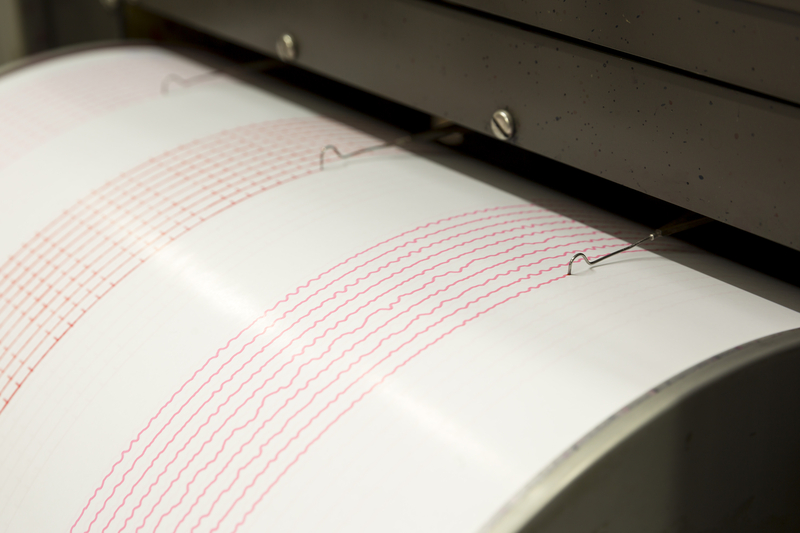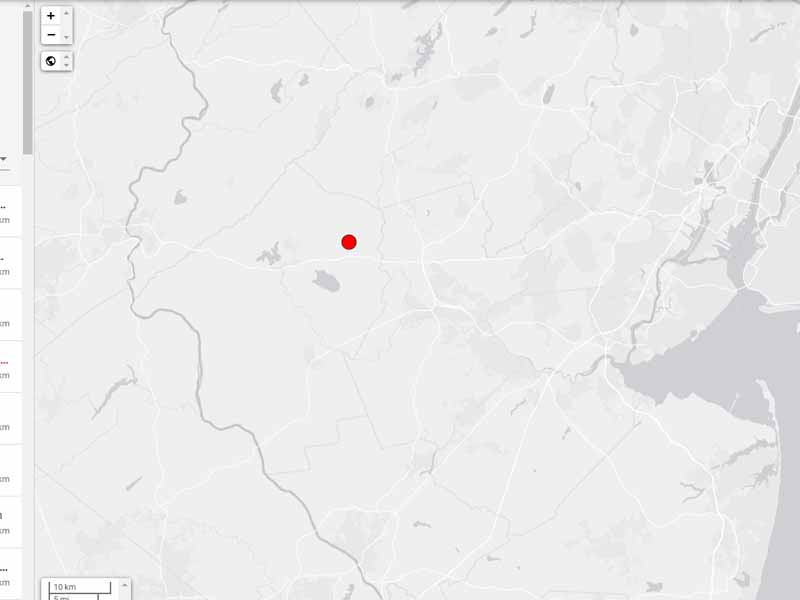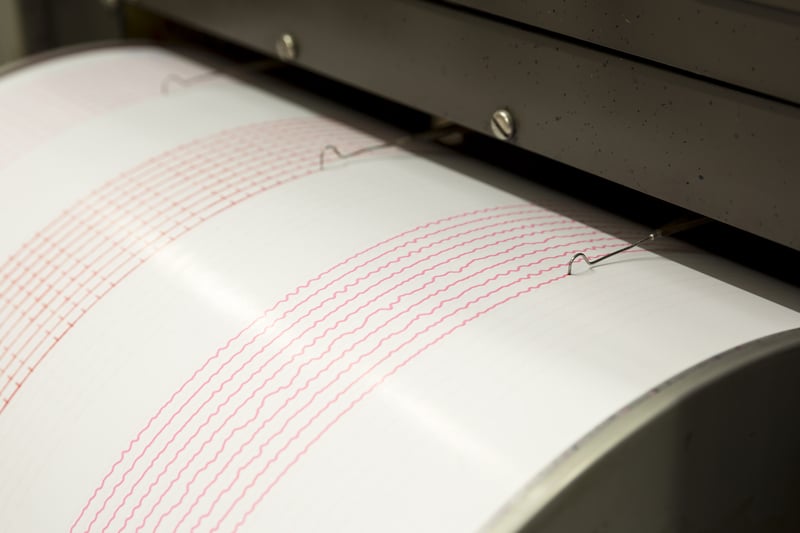
CALIFON, NJ – It has been a week since New Jersey experienced its most recent earthquake, a 2.1-magnitude tremor east of Califon on July 31. This event follows a series of aftershocks since a significant 4.8-magnitude earthquake struck the state on April 5.
Since the April quake, over 200 aftershocks have been recorded, primarily near Califon. These include magnitudes ranging from 0.8 to 2.2. Despite the frequency of these tremors, there have been no reports of significant damage or injuries.
The aftershocks are a natural part of the earth’s adjustment process following a major seismic event. Roberto Masis Arce, a Ph.D. candidate at Rutgers University, explained that the continued tremors are the result of the earth’s crust readjusting itself after the April quake.

The U.S. Geological Survey (USGS) has been monitoring the situation closely, noting that while aftershocks can continue for weeks, months, or even years after a significant earthquake, they tend to decrease in frequency and intensity over time.
Residents are encouraged to stay informed and prepared for potential future seismic activity. The USGS provides resources and updates for those interested in learning more about earthquake preparedness and safety measures.

